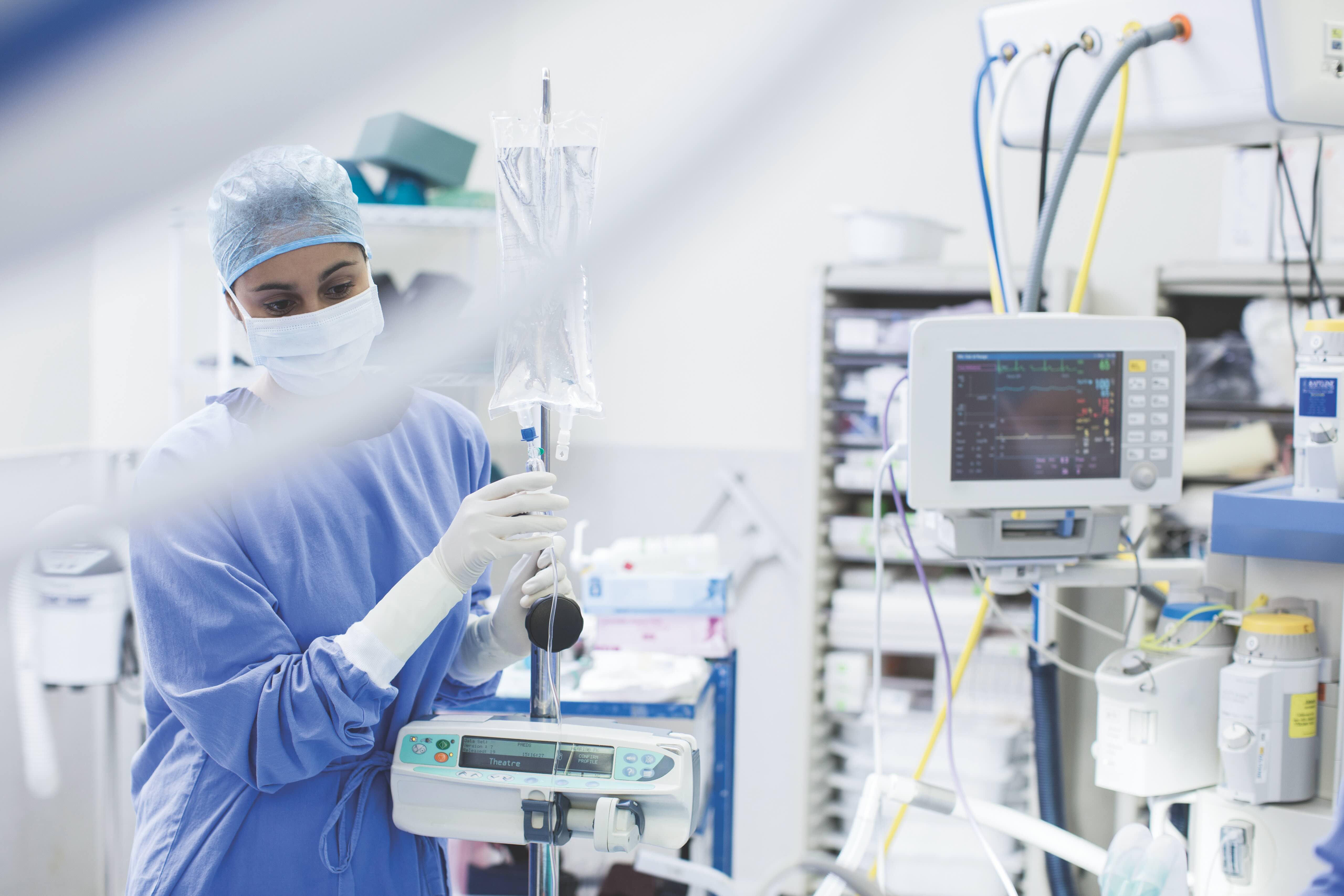Addressing the issue of technology obsolescence in hospitals
The day-to-day pace of a hospital moves quickly—from staffing challenges, urgent patient needs, and the logistics of finding beds for everyone to many other unforeseen obstacles. Then there’s the pace of technological advancement, which is just as fast. Manufacturers are launching new equipment with seemingly constant software updates. You can’t ignore it, because technology obsolescence threatens consistency and solid workflows.
Proper lifecycle management and equipment updates help provide the tools for the best patient care, but how do you stay on top of all of it in the rush of the day-to-day? And what’s the impact on your department overall? The reality is that you can’t afford not to proactively plan for technology obsolescence and updates, not only because it helps elevate patient care, but it also affects your entire operation.
Challenges caused by technology obsolescence
Let’s first look at the challenges you’re likely to encounter in the quest to keep up with equipment and software updates.
Downtime
When your equipment is running older software or if updates aren’t made regularly, the system may experience issues that require unplanned service or maintenance. The same goes for the hardware, as older equipment will tend to need more repairs. These unplanned episodes of downtime not only cost thousands of dollars—if not more—but also create a ripple effect in the daily care experience. If equipment is down, clinicians need to shift schedules, work on unfamiliar equipment, or worst of all, cancel patient visits.
Poor quality and performance
Out-of-date software can limit the capabilities of your equipment, and in some cases just does a lower-quality job. Using imaging equipment as an example, if you don’t have the most up-to-date software—or out-of-date equipment—the imaging quality may not be as high, which impacts diagnoses and care.
Perceived need for new equipment
There’s no doubt that new equipment is a part of this conversation. However, technology updates can help extend the life of equipment before the need to invest in new models.
So while software updates may seem like a hassle, they can help you make the most of your equipment investment and keep it performing at a high level longer.
Cyber security concerns
These updates don’t just help make sure your equipment is running in peak condition; they also provide security benefits and protections. And most healthcare systems are actually running some of their software on operating systems that aren’t supported by new security updates.
A 2021 study by Kaspersky found that 73% of healthcare providers use medical equipment that runs on a legacy OS. The main reasons that these systems stay on unsupported operating systems include upgrade costs, compatibility issues, and a lack of internal knowledge on how to upgrade.
This is a stark reality that a lack of upgrades leaves many systems susceptible to attacks and other breaches.
Benefits of a technology continuity plan
These challenges pose a serious threat to healthcare systems’ day-to-day operations, but how do you stay ahead of an ever-changing technological landscape? The short answer is, you don’t, at least not by yourself. Using an OEM’s technology continuity plan can ensure that your equipment is always up to date, connected, and able to perform at the highest level. So what does this mean for your operations?
Consistent care
A technology continuity plan—such as one from GE HealthCare like Continuity™ Technology Obsolescence Protection—is designed so that updates are made as seamless as possible. Updates can all be performed at planned times to minimize downtime and interruptions to patient workflow and scheduling.
It also means that all your equipment will be on the same version of software, so clinicians can move between devices and have the same user experience.
Quality
With new software and updates come better and newer functionality. Like with a smartphone update, sometimes the same piece of hardware can have a new capability unlocked with a software update. This means your system will have the best available capabilities to serve your patients and the best cybersecurity protections as well.
Equipment lifecycle
With the right updates at strategic times, the equipment you’ve invested so much in will last longer. A technology continuity plan also includes the discussion and strategy around replacing equipment when needed, so you won’t have to go it alone. Plus, a program like Continuity™ costs a lot less than if you were to purchase updates and upgrades on an individual basis.
Peace of mind
All of this adds up to a comprehensive plan to ensure your equipment is at its best. This also affects clinicians, who will have a smoother daily workflow and a more fulfilling experience caring for patients. If they know the equipment is doing what they need it to do, it will boost morale and give them more time to care for patients.
How do you get started?
While you can always add a technology continuity plan to your contracts, the best time to do it is at the point of purchase for new equipment. At that time, you can work with your OEM provider and your IT team to plan for the entire equipment lifecycle from day one.
Moving at the speed of quality care
In the end, it’s not even about the equipment or the technology inside of it. Ultimately, like all of the decisions made in a hospital, it should be focused on how to deliver the best care. In this case, the sharpest and most up-to-date tools do the best work, and they can also empower the clinicians to do their best work too. Even in a fast-moving world, having a plan can keep you ahead of the game where it matters most: care for your patients.

